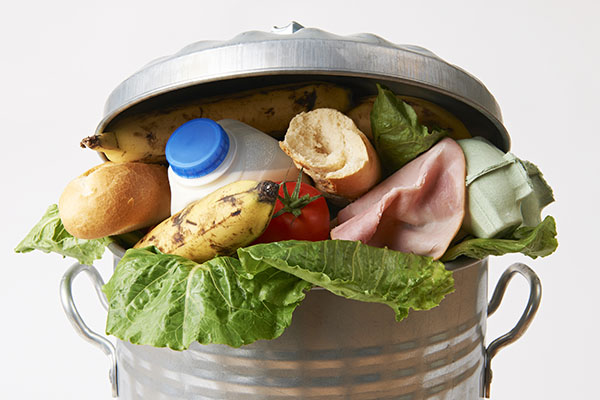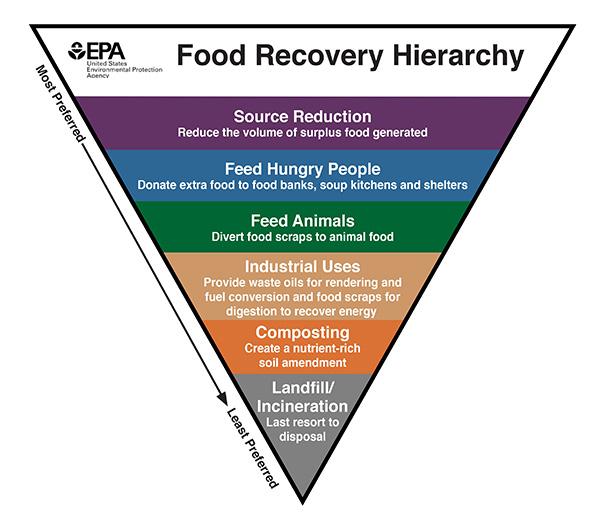Food waste occurs at all levels of the supply chain and beyond, from farm to table, for reasons ranging from spoilage to over-buying. The U.S. Department of Agriculture’s (USDA) Economic Research Service defines food waste as “the edible amount of food, postharvest, that is available for human consumption but is not consumed for any reason.” As such, the USDA Economic Research Service estimates that, in the United States, food waste amounts to 30 to 40 percent of the food supply. Worldwide, the United Nations estimates that about 17 percent of the total food production is wasted. See also: Food

According to the Natural Resources Defense Council, food is produced using many resources, such as fertilizers, energy (for production, transportation, and cooking), and packaging. As a result, food waste is also an issue of sustainability in terms of lost resources and environmental impact. Food waste contributes to global climate change because most wasted food ends up in landfills, where organic matter from food waste generates methane, a powerful greenhouse gas. There is also an economic component of food waste in terms of food availability and cost. See also: Agriculture; Energy; Fertilizers and nutrient management; Food packaging; Global climate change; Greenhouse effect; Methane; Sustainability
The U.S. Environmental Protection Agency (EPA) estimates that about 68 percent (about 42.8 million tons) of food waste ends up in U.S. landfills or combustion facilities. Some food waste is inevitable, but, according to the EPA, landfilling food waste should be the last resort. To that end, the EPA has developed a scheme, called the Food Recovery Hierarchy, for preventing food waste or diverting it from landfills, with preferred actions including reducing or donating surplus food and feeding scraps to animals.

On July 1, 2020, the state of Vermont, United States, enacted a law banning the disposal of food scraps in trash, mainly in an effort to divert such waste from landfills. Vermont is not employing "garbage police" to enforce compliance. Instead, the state is encouraging composting by investing in composting drop-off facilities and educational resources about the practice. The Vermont Department of Environmental Conservation estimates that keeping the state’s food scraps (about 80,000 tons of food) out of landfills is equivalent to taking about 9000 cars off the road—a significant number for a state with a population of only 650,000. Since the law was enacted, the number of food-scrap haulers for transporting food waste to composting facilities has increased from 12 to more than 50, which is a measure of some success in trimming the amount of food waste entering landfills.





